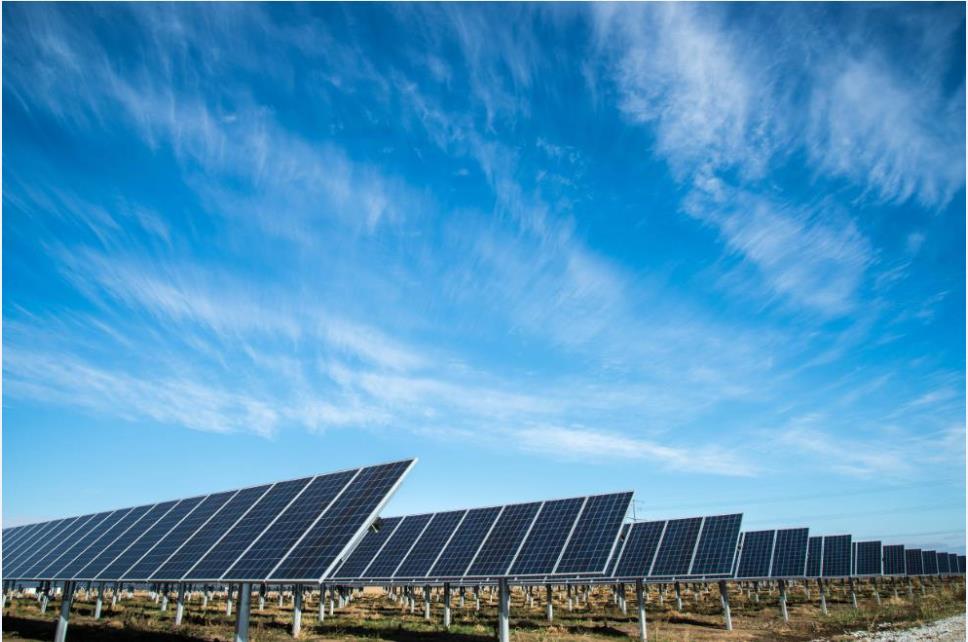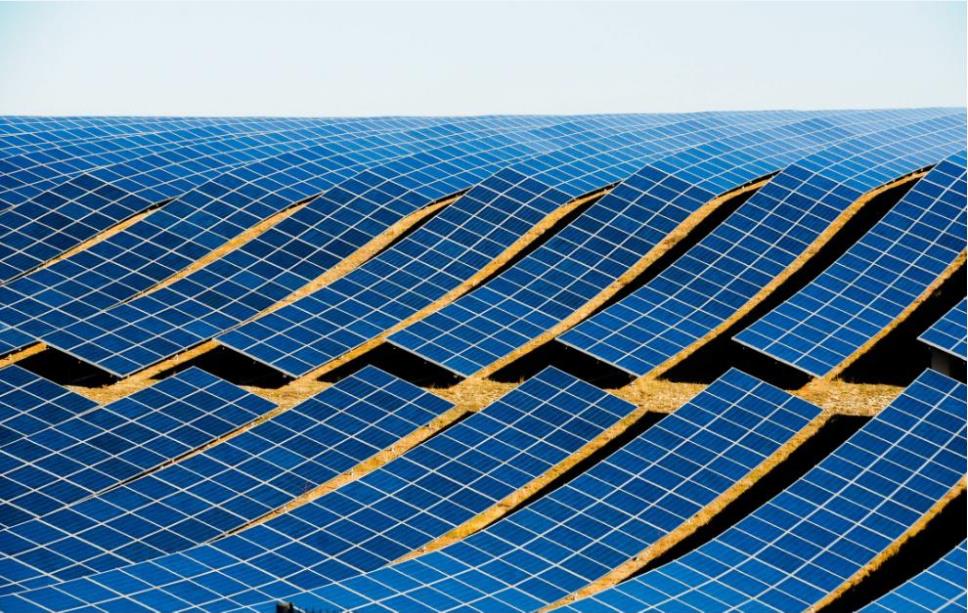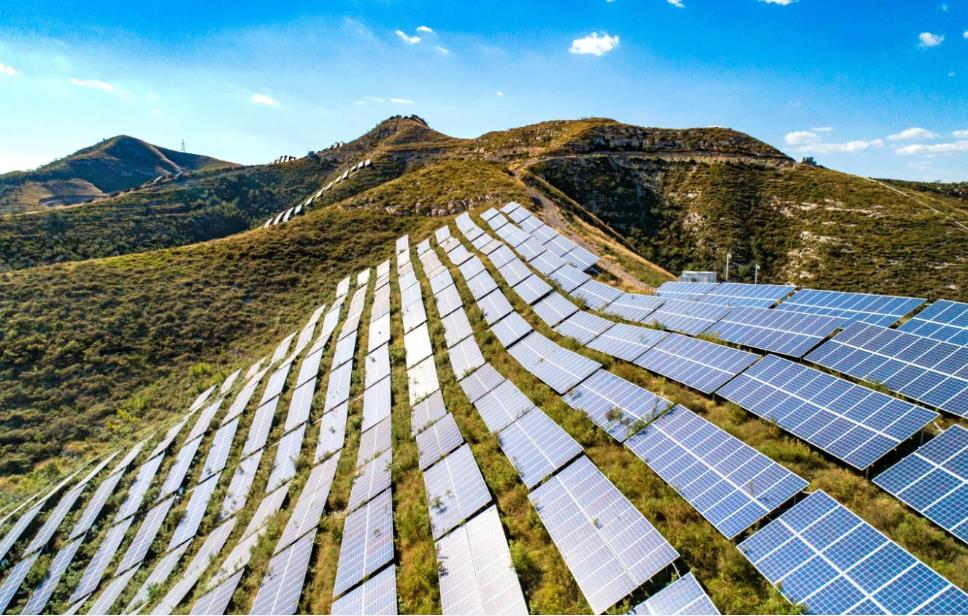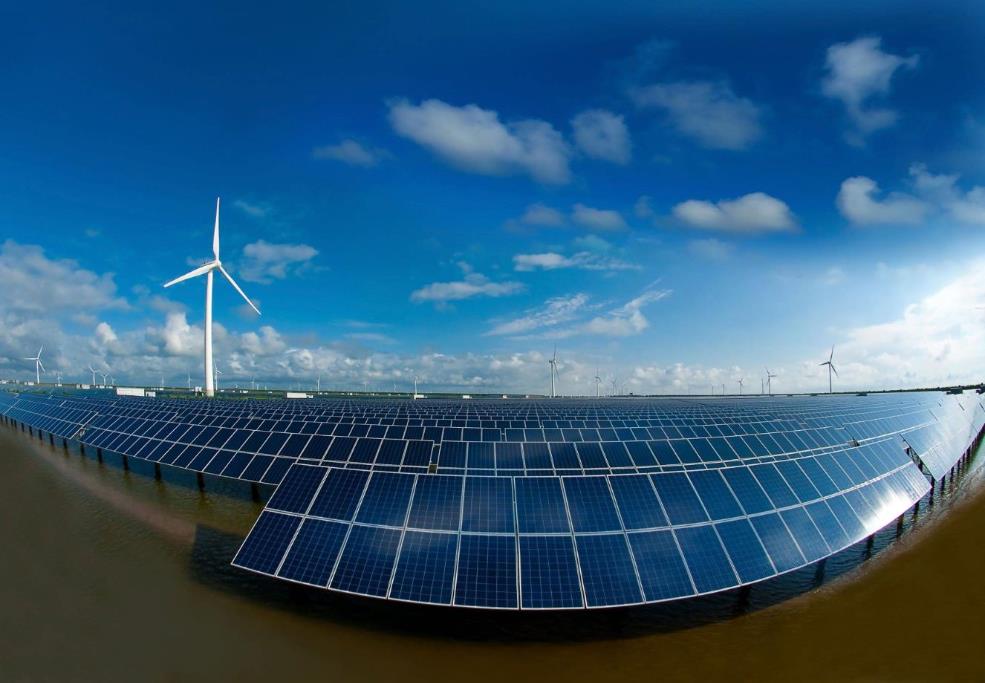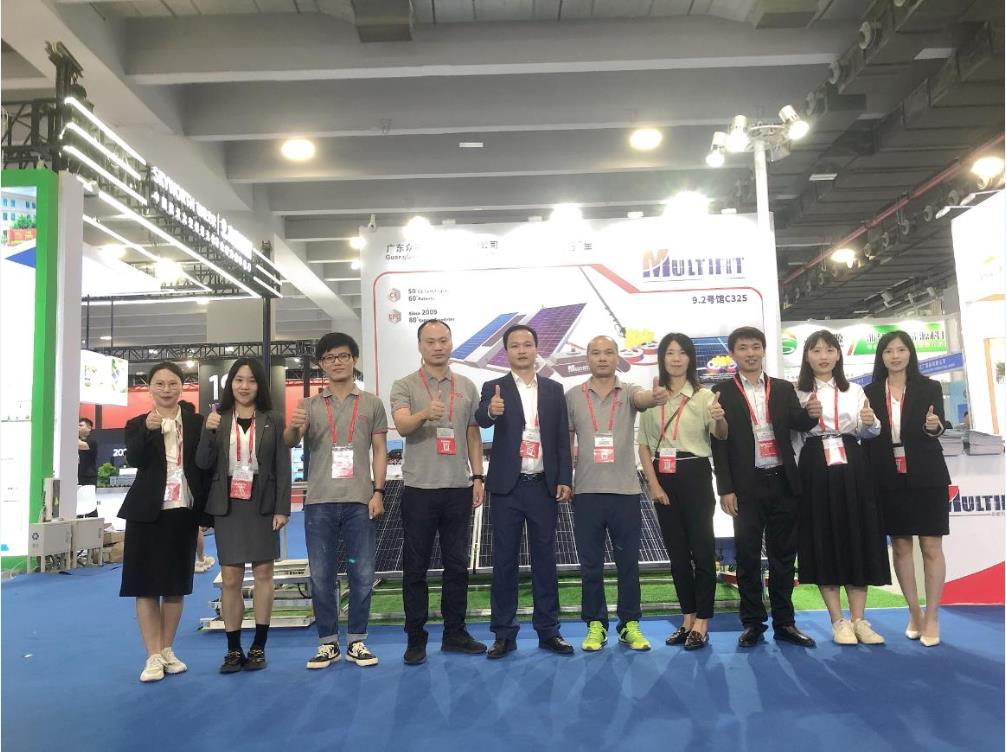The research report indicates that the world has reached an irreversible solar critical point, and solar energy will become the most efficient and cost-effective form of power generation in the coming years.
Last week, researchers published a paper titled “Trends in Solar Energy Transformation”. This paper studies the relative maturity and technological progressiveness of various forms of power generation from now to 2060, including solar energy, renewable energy and fossil fuels.
By 2050, solar photovoltaic power generation will dominate the global energy structure, and by 2044, it will account for more than half of global electricity generation. This is in stark contrast to the field of fossil fuels. It is expected that from 2020 to 2050, the proportion of natural gas and oil in the global energy structure will decrease from 23.93% to 7.78%, and oil from 2.74% to 2.49%. The fate of solar energy also runs counter to other forms of renewable energy generation. It is expected that the relative contribution of onshore wind and hydropower in the global energy structure will decrease from 2020 to 2050.
The continuous expansion of the global solar energy industry is attributed to technological innovation and effective policies, as well as the strong “learning rate” associated with the industry, which helps to create a continuously self-evaluating and developing industry. There are many reasons why the solar energy industry has such a high learning rate. Its simplicity, modularity, and large-scale replicability bring a large number of learning opportunities, which are related to the learning opportunities of the entire electronics industry.
In fact, many spillover effects originate from the computer industry, and innovation and improvement in solar photovoltaic power generation continue. For example, the commercialization of (hybrid) perovskite batteries is expected to achieve higher efficiency and lower unit prices. Due to the decrease in technical risks and the need for financial knowledge, the procurement cost of some funds has also decreased.
Another key reason for the continuous decline in solar energy costs is the continuous decline in solar power costs. The report points out that between 2010 and 20 years, the industry's average cost of electricity (LCOE) decreased by 15% annually, while during this period, the global installed capacity of solar power increased by 25% annually.
This coincides with the conclusion drawn by the International Renewable Energy Agency (IRENA). IRENA pointed out that between 2021 and 2022, the average cost per kilowatt hour (LCOE) of global solar power decreased by 3%. Although the decline was slow, it still indicates that the cost of new solar power installed capacity is declining, making solar projects more financially attractive to potential investors.
Comparison of the decrease in solar LCOE between the United States and China, two world superpowers, and the decrease in coal and wind LCOE. From 2020 to 2050, the cost of coal power generation in both countries increased, with the United States reaching a high of $117.37/MWh. Most importantly, during this period, the LCOE increase in China's coal industry exceeded that of the US solar energy industry.
Compared to other renewable energy sources, these encouraging data in the solar energy industry support higher growth. The report points out that compared to the growth of global solar power capacity, the annual growth rate of onshore wind power capacity between 2010 and 20 was only 12%. If this growth rate continues, solar and wind energy will become the world's leading energy industries within two decades, with solar energy having a particularly significant impact.
In 2020, among the 70 regions defined by the E3ME-FTT model, wind energy had the lowest LCOE. In regions that do not fall into this category, solar photovoltaic, nuclear energy, or coal dominate. By 2030, this situation will reverse and solar power generation will dominate in most parts of the world.
We assume that the global cost reduction per kilowatt of photovoltaic modules is uniform, and the solar irradiance varies in each region. Due to this global spillover effect, most regions of the world are likely to obtain low-cost solar energy.
However, the global energy network needs to be expanded and upgraded to meet most of the demand. Earlier this year, the solar energy industries in the United States and Europe expressed concerns about their ability to integrate their growing solar project portfolios into their respective grids.
This includes how to cope with seasonal changes, and batteries are not in the industry. The cost of managing a large amount of intermittent energy may offset further reductions in the costs of solar modules and wind turbines, hindering their rapid promotion. The uneven supply of funds to support investments in solar and wind energy across countries may also be a problem.
The supply chain may not be prepared for such rapid technological promotion. Finally, political resistance in areas where fossil fuel usage or trade volume has decreased may inhibit the government's willingness to embrace the solar revolution.
However, ultimately, there is a global will to support this transformation through investment and policy formulation. The investment in the global solar industry will peak in the next decade, and sustained global investment will be a prerequisite for the solar industry to address these challenges.
As a senior solar energy company, MULTIFIT Company will adhere to the development mission of “efficient and energy-saving, allowing more people to enjoy green energy”, based on the photovoltaic industry, continue to invest in research and development efforts, with the original intention of promoting high-quality development of the photovoltaic industry, innovate and break through, continuously develop high-quality and efficient products to serve users, and lead the formulation of industry standards and high-quality development. Continuously providing more competitive product solutions and high-quality services to global customers, contributing wisdom and strength to building a zero carbon world.
Post time: Nov-16-2023


